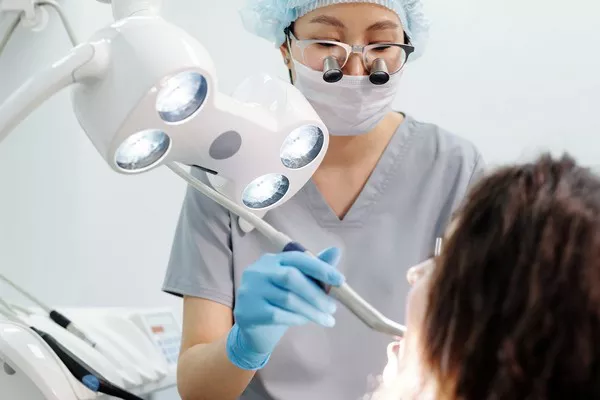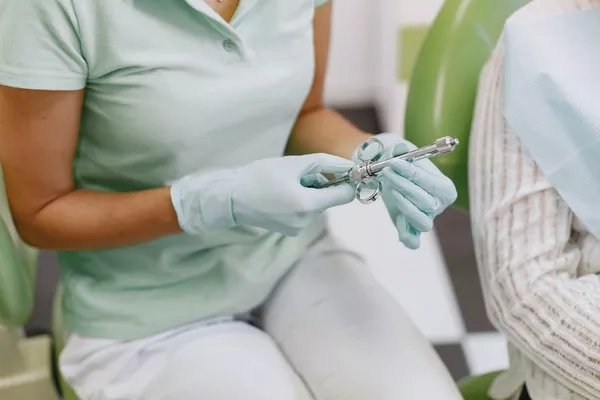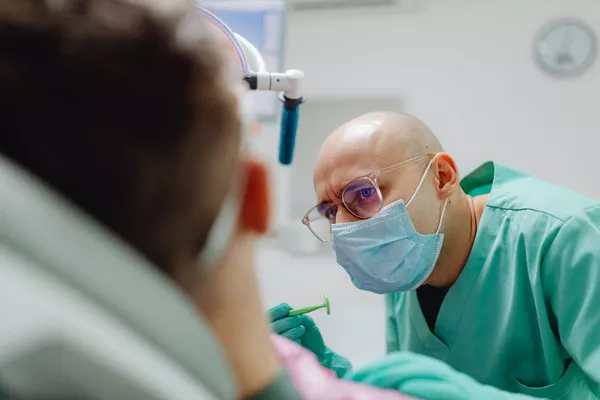Orthodontic braces are essential dental appliances used to correct misaligned teeth and jaws, ultimately improving oral health and aesthetics. These braces work by applying continuous pressure over time to gradually move teeth into their proper positions. There are several types of braces available today, each offering unique benefits and catering to different patient needs. The materials used in braces vary significantly depending on the type of brace chosen.
Types of Braces
The main types of orthodontic braces include:
Traditional Metal Braces: Made from high-grade stainless steel.
Ceramic Braces: Clear or tooth-colored brackets made from ceramic materials.
Lingual Braces: Brackets attached to the backside of teeth, making them less visible.
Clear Aligners: Transparent, removable trays such as Invisalign®, made from BPA-free plastic.
Each type of brace utilizes specific materials tailored to achieve optimal functionality and aesthetic appeal.
Brackets
Brackets are the small, square-shaped devices bonded directly to the front of each tooth. They serve as handles to hold the archwire that guides the teeth into alignment.
Materials Used for Brackets
Stainless Steel: Most common material due to its durability, affordability, and effectiveness in tooth movement.
Ceramic: Offers a more aesthetic appearance as it blends with the natural tooth color, but can be more fragile compared to metal.
Gold: Provides excellent corrosion resistance and a unique appearance, though it is more expensive.
Other Materials: Sapphire and titanium are also used in some specialized brackets, each offering distinct advantages such as enhanced aesthetics or biocompatibility.
Brackets are attached to the tooth surface using a special dental adhesive that ensures a strong bond while allowing for eventual removal without damage to the tooth enamel.
Archwire
The archwire is a thin, metal wire that runs through the brackets and applies pressure to move the teeth into the desired positions.
Materials Used for Archwires
Stainless Steel: Offers strength and durability, commonly used in initial stages of treatment.
Nickel-Titanium: Known for its flexibility and ability to exert gentle, continuous force for more controlled tooth movement.
Other Materials: Gold and copper archwires are available in certain cases where specific treatment needs or patient preferences dictate their use.
The archwire is crucial in orthodontic treatment as it transmits the forces necessary to guide teeth into alignment, responding to adjustments made during regular orthodontic visits.
See Also: Why Do My Teeth Hurt With Retainers
Bands
Bands are metal rings placed around the molars (back teeth) to anchor the archwire securely.
Material for Bands
Stainless Steel: Provides a stable base for the archwire and facilitates effective tooth movement.
Bands are cemented around the teeth and are usually placed on the molars where brackets cannot be easily bonded.
Other Components
Orthodontic treatment involves various additional components to aid in the movement and alignment of teeth:
Ligatures: Small rubber bands or fine wires that secure the archwire to the brackets.
Springs, Elastics, and Accessories: These components apply specific forces to teeth as needed, helping to achieve precise movements and adjustments.
Each of these components plays a crucial role in the overall effectiveness and comfort of orthodontic treatment.
Conclusion
In conclusion, orthodontic braces are crafted from a variety of materials designed to meet diverse patient needs, preferences, and treatment goals. Whether you opt for traditional metal braces, ceramic braces, lingual braces, or clear aligners, the choice of materials influences both treatment efficacy and aesthetic outcomes. Consultation with an experienced orthodontist is essential to determine the most suitable type of braces for your individual case, ensuring optimal results and long-term oral health benefits.
Remember, the best orthodontic material for you depends on factors such as treatment complexity, desired aesthetics, and personal comfort. By understanding the materials used in orthodontic braces, you can make informed decisions about your orthodontic treatment journey. For personalized guidance and comprehensive care, schedule a consultation with an orthodontist who can provide tailored recommendations based on your specific needs.
Orthodontic technology continues to evolve, offering patients more choices and improved treatment outcomes. Stay informed about advancements in orthodontic materials and techniques to make the most of your orthodontic experience and achieve a healthy, confident smile.
You Might Be Interested In






























